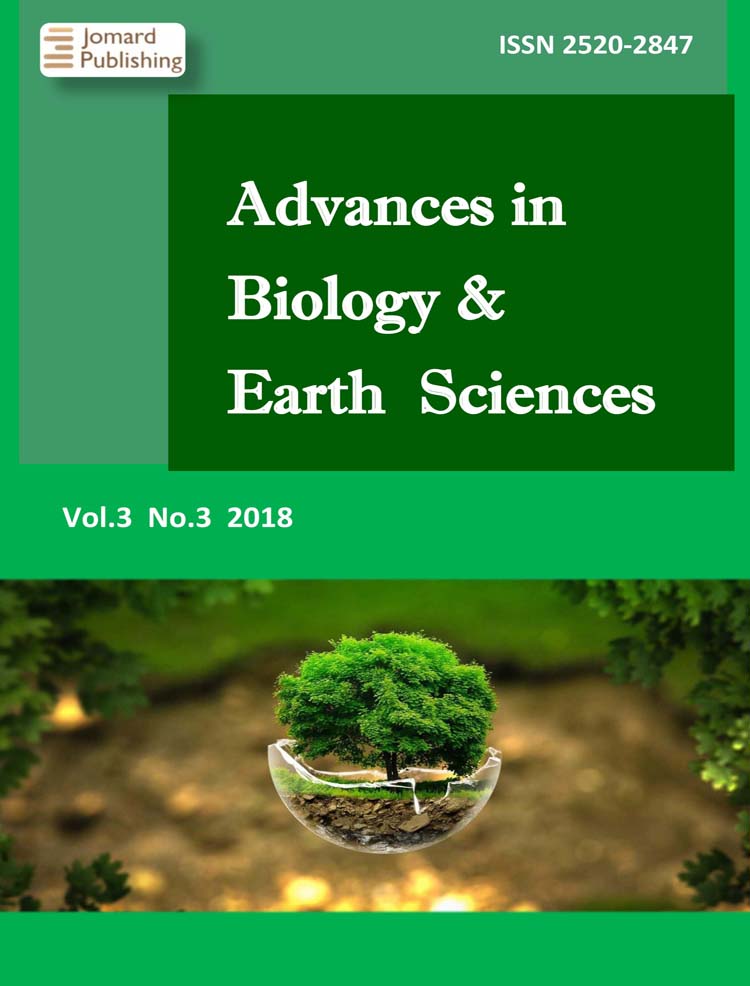Ecological Sustainability of Agroecosystem and Productivity Assessment in the Barda Area using NDVI and SAVI
- Published: 15-04-2025
Share
Barda district is located in the Aran economic region of Azerbaijan and is a territory with great agricultural potential. The region's agricultural sector plays an important role in the local economy in terms of meeting domestic demand and contributing to export potential. The article presents the features of biodiagnostics of ecological sustainability of agroecosystems based on biological diversity of organic matter of agrocenoses. The use of green manure crop biomass in fallow and stubble sowing, as well as barley straw in variants with green manure fallow, led to an increase in the number of weeds by 13-15% compared to crop rotation with occupied fallow and their mass - by 14-16%, respectively. This study assesses crop health and soil condition by analyzing agricultural productivity in Barda district, particularly using remote sensing techniques such as NDVI (Normalized Difference Vegetation Index) and SAVI (Soil-Adjusted Vegetation Index). By integrating GIS-based mapping and precision farming technologies, productivity can be increased and land use optimized. The results of this study provide information on sustainable agricultural practices and strategies to increase Barda's export potential.
- View 764
- Downloads 119
- Saveds 1
- Citations (Crossref) 0


